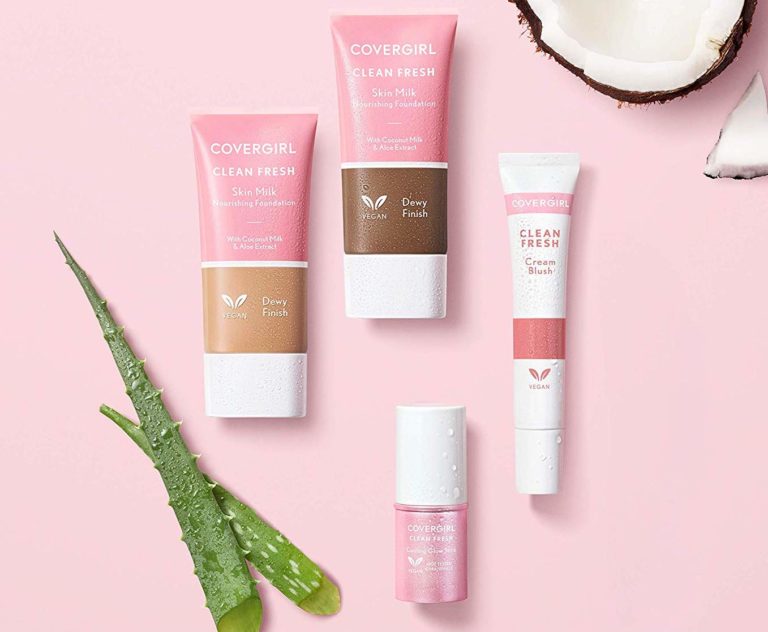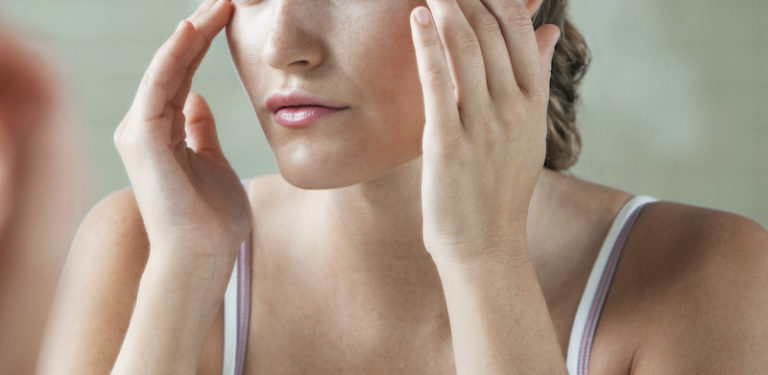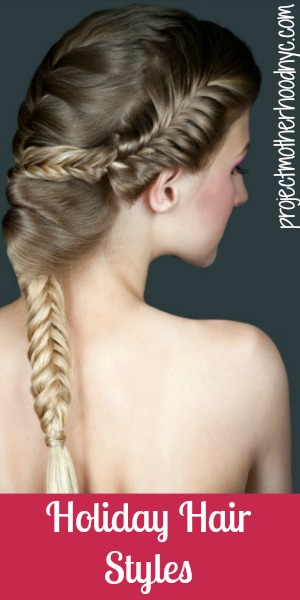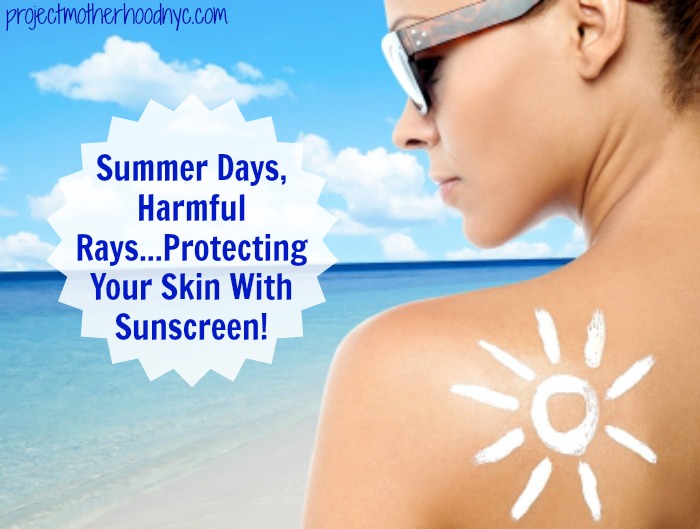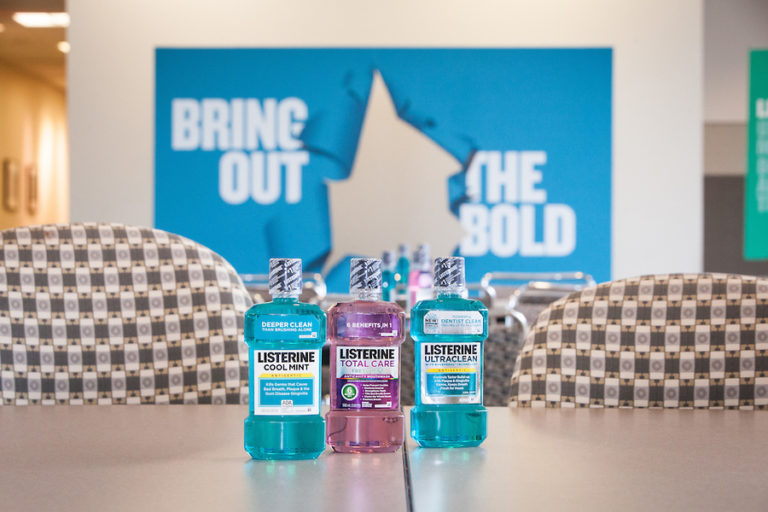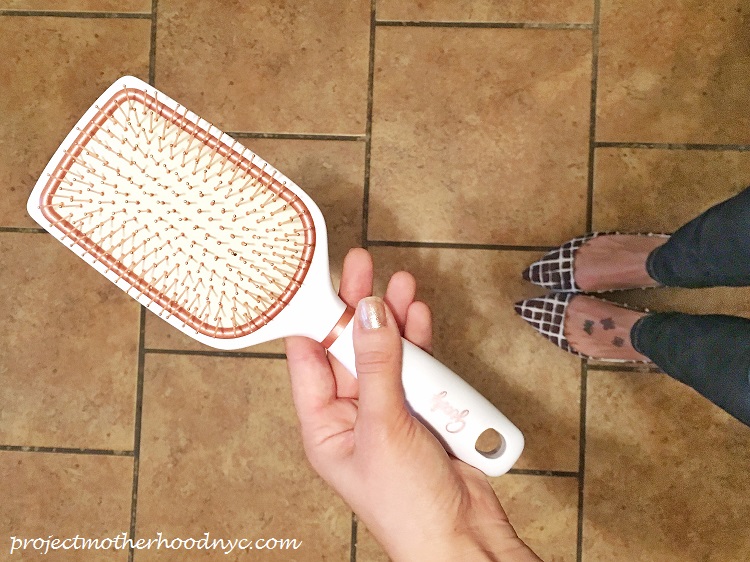The film, Toxic Beauty, directed by Phyllis Ellis, demonstrates how the beauty industry is making us sick and a must watch. Exclusive interview inside.
This post may contain affiliate links.
As I sit and type this, I’m multitasking, as I usually am. My other computer tabs are filled with the two different stores I order all of our groceries and household needs from and in my other hand, I have the EWG Healthy Living app open, researching every single new product that I plan on purchasing for my family. It actually makes me tearful that I have to do this, but it’s a nonnegotiable whenever I shop. I wish that I didn’t have to do this, but this is the world we are living in.
Being a clean beauty advocate, I was so excited to hear about the launch of the film Toxic Beauty, because this message of how beauty and personal care products are actually making us sick, must be shared with the masses. Being a Beautycounter consultant, I’m faced almost daily with people who have a wall up about the clean beauty industry and my hope is that this film will help that to come crashing down.
RELATED: How to Tell If a Beauty Product is Actually Clean

RELATED: The Disturbing Reasons Your Makeup Doesn’t Have to Be Tested For Safety
Whenever an invitation to view the film early and also interview the director, Phyllis Ellis, landed in my inbox, I jumped on it. This film is riveting. This film is eye opening. And quite frankly, this film will make you sick to your stomach. But that’s the point. We need to speak up and be heard about why there needs to be reform in the beauty and personal care industry, like yesterday.
Join my Clean Beauty Group Here!
Toxic Beauty Documentary
The Toxic Beauty, documentary is described as:
A WHISTLE BLOWER, HER LAWYER, WORLD CLASS SCIENTISTS, CANCER SURVIVORS AND THOSE WHO HAVE LOST THEIR LIVES, STRIP A DOMINANT PHARMACEUTICAL COMPANY OF ALL CREDIBILITY IN THIS POWERFUL DOCUMENTARY FILM, WHILE EXPOSING THE HARD TRUTHS ABOUT DANGEROUS, UNREGULATED CHEMICALS AND TOXINS IN COSMETICS AND CARE PRODUCTS.

Think about it: every day of our lives we have harmful chemicals around us in our cleaning products to personal care products, and even some of the food we eat. Many of these chemicals are toxic.
Like I have mentioned a million times before, laws have not changed in the United States about proper regulation for these products since 1938. Right now, in the United States, the Cosmetic and Personal Care Industry regulates itself. What are these hundreds of toxic chemicals leading to? Infertility issues, cancer, low sperm count in men, connection to asthma, skin disease, ADHD, hormonal disruption in baby boys, and developmental delays. These are just the things we know about.
Ready to watch Toxic Beauty now?
I sure hope so.
Toxic Beauty Documentary, Interview With Director Phyllis Ellis
It’s been three years since the subject was first brought to my attention. When I started my journey and research, I became very interested in the talc story because I was an Olympian and used talc every day, many times a day for many years. When we contacted Dr. Dan Cramer ,who was one of the first to identify a causal link between a ‘life time’ or many year use of talc especially for personal hygiene and ovarian cancer, and I told him of my talc use, he said you should probably have your tissue tested. That scared me. So if the most trusted brand in the world is causally linked to cancer, what else are we using that could be causing us harm? That was sort of the premise I could work with. And then I had the great pleasure of meeting amazing scientists, researchers, advocates and the subjects in our film.
It’s been a process over the past year but I think I’m pretty clean. Clean to me doesn’t necessarily mean replacing all of the products I was using. Shampoo, conditioner, soap, yes. I use olive oil/coconut oil to moisturize body and face. Limit amount of makeup and when I do use products I do my best to hopefully use as ‘clean’ brands as I can discern. I use the Think Dirty app and EWG’s Think Dirty app to check. Nothing with the word fragrance or parfum or lavender/tea tree oil. But I believe strongly that one of the biggest antagonists in the story isn’t the toxicants, chemicals, carcinogens in our products but the marketing departments of big ‘brands’ or any brand telling us we need it, and that our hair is too curly or straight or our skin is the wrong colour or we can have brighter, whiter lighter skin, teeth, nails, hair – which is the beauty norm. That our wrinkles are bad or to stop the aging or prevent something or enhance something else. We are too much or not enough. I’m not saying don’t use whatever makes you feel beautiful but what I’m saying is I’d like to lean into the notion that my beauty routine is first thinking I am beautiful without any of it and start from there.With saying that I was going to London a while ago and had decided to let my hair go grey and 3 days before I left I thought ‘I can’t go to London looking like this!’ and marinated my head in $300.00 worth of toxic hair dye so it’s not an easy transition or to let go of all the pressure.
From the science we followed it has been proven that persistent exposure to lavender products is associated with premature breast development in girls, according to new research by NIEHS scientists and several other leading researchers. The findings also reveal that chemicals in lavender oil and tea tree oil are potential endocrine disruptors with varying effects on receptors for two hormones — estrogen and androgen. It was found that lavender and tea tree oil can mimic hormones and that’s not good.As consumers we think essential oils are safe because they are ‘natural’ but many natural products can have the same dangerous effects as synthetic compounds/chemicals. Hundreds of undisclosed chemicals can be found in the word ‘fragrance’ or ‘parfum’ on any label.
I think it is a direction I’d like to explore especially the question ‘what does clean really mean’? Clean, organic, natural, green, paraben free, all good words and words that attract us especially now as we become more aware that what we put on our bodies goes into our bodies. But from what I’ve learned we have to be as careful about our purchasing of clean brands too. It’s a rapidly growing industry and it would be very interesting to identify formulations and products that are safe and ‘clean’. Campaign for Safe Cosmetics have incredible information on their site and have done an amazing job of testing, identifying big issues in products and bringing that information into legislature.
We have the purchasing power and we also have the power to make change. If we don’t buy products and demand the industry to change then that’s within our control as well. There have been amazing advocates and leaders working every day to push the government to regulate this industry. Janet Nudelman at Campaign for Safe Cosmetics and Breast Cancer Prevention Partners is someone I really admire for all the work they are doing to not just move the dial but force the dial and make changes in legislature. There are many who have been working in this space for many years who are in the film. It’s a combination of sound science, awareness and advocacy. We hope our film encourages people to take this movie to movement. The film goes On Demand on January 28th so it will be accessible to millions of people.
What You Can Do to Spread The Message of Toxic Beauty:
- Tell Congress! (You can do that right here, right now, with a few clicks.)
- Advocate for a cleaner future by joining the Beautycounter Movement.
- Sign the Petition to support the Truth About Talc Campaign.
- Watch Toxic Beauty and share it with your friends and family.
RELATED: Why I Became a Beautycounter Consultant
Shop with me at Beautycounter Here!
LOOKING MORE MORE BEAUTY TALK? I’VE GOT YOU COVERED!
- Flawless in Five Makeup Kit Review
- New to Clean Beauty? Start Here.
- The Step By Step Guide to Transitioning to Clean Beauty
- Why Major Companies Are Finally Investing in Clean Beauty
- The Most Affordable Clean Beauty Products
- Dear Covergirl: Here’s Why I Won’t Buy Your ‘Clean’ Line
XOXO,
Allison





